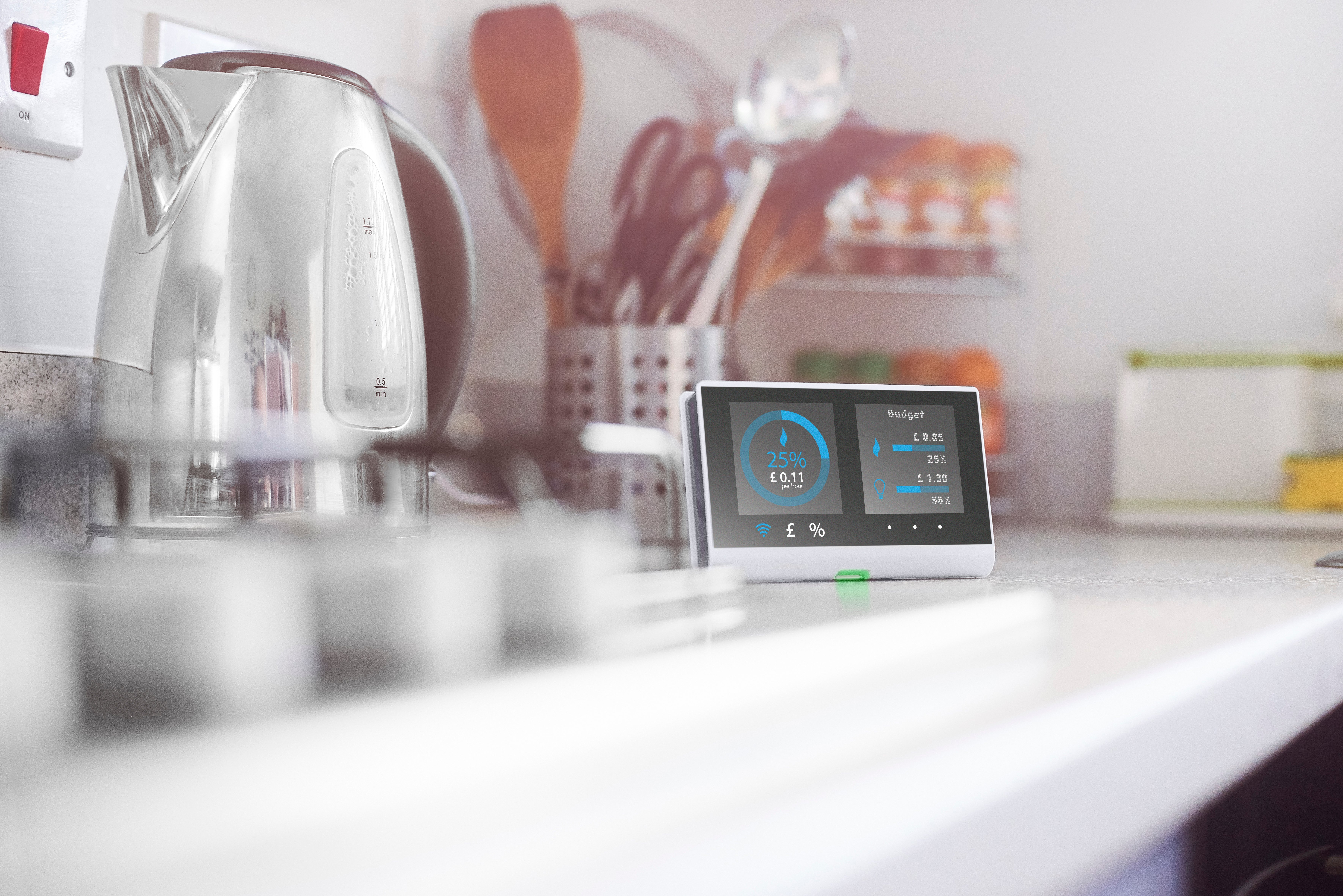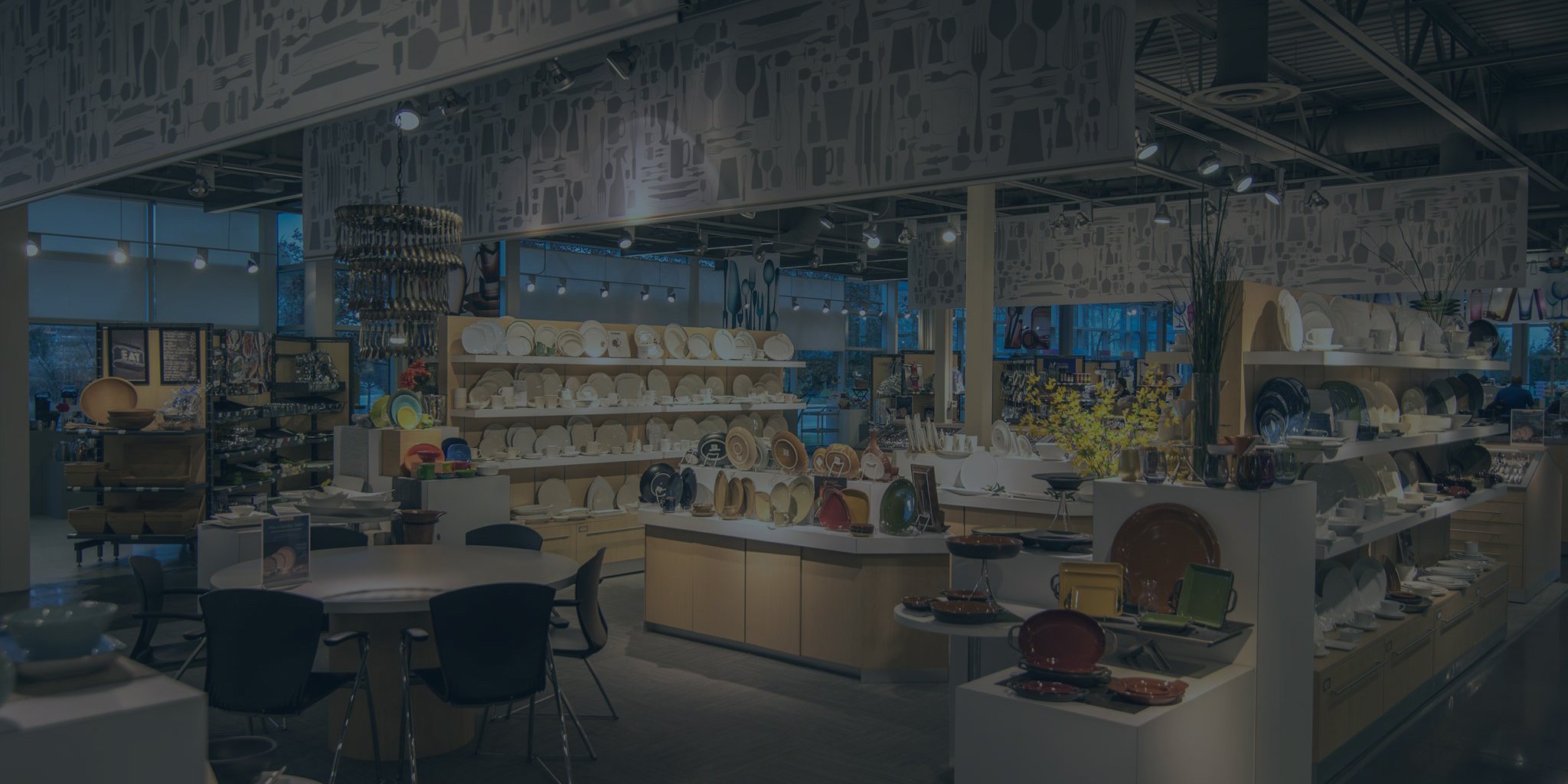At its most basic interpretation, the Internet of Things takes inanimate objects and makes them “smart”. It shares digital data in real-time between those objects and the user, without any human intervention. An example of this functionality can be found across any number of the currently available fitness bands that millions of consumers rely on every day to track and monitor their daily activity, such as heart rate, calories burned and number of steps.
The primary features of IoT include the gathering and analysis of pertinent information. That information allows for better tracking of specific behaviors, enhancing situational awareness and delivering a variety of analytics to improve both optimization and automation. Industries realizing the greatest advantages of integrating IoT into their operation include, but are not limited to, employee productivity, supply chains, innovation and customer service.

According to Statista, IoT technology reached 100 billion dollars in market revenue for the first time in 2017, with suggested forecasts increasing that figure to around 1.6 trillion by 2025. Now, consider the products used throughout a commercial kitchen and how IoT could improve their efficiencies and accommodate for greater scalability. The benefits are more than a little intriguing.
Coolers, freezers, ovens and cooktops (as a starting point) utilizing IoT will each be capable of automatically transmitting data across a network to the owner/operator of a restaurant. When correctly processed and interpreted, this informational data allows for better management and greater functionality of each piece of equipment.
Remote monitoring of IoT-enabled kitchen equipment maximizes asset life cycles and provides advanced notifications of potential operational issues to avoid unplanned downtime and interruption of your business. These “Smart” kitchens, through an enhanced version of quality control will, over time, help to reduce energy use and costs while also providing a more robust form of kitchen and food safety.
Whether your existing kitchen is brand new or has been handed down from one generation to the next, all are upgradable and retrofittable. As technology continues to advance and become more affordable to the end-user a greater movement toward the adoption of IoT for restaurants will continue to gain traction.
Reach out to us to learn more about how IoT technology can benefit your commercial kitchen.
.jpg?width=192&name=BLT_Only_Logo_Black%20(19).jpg)


